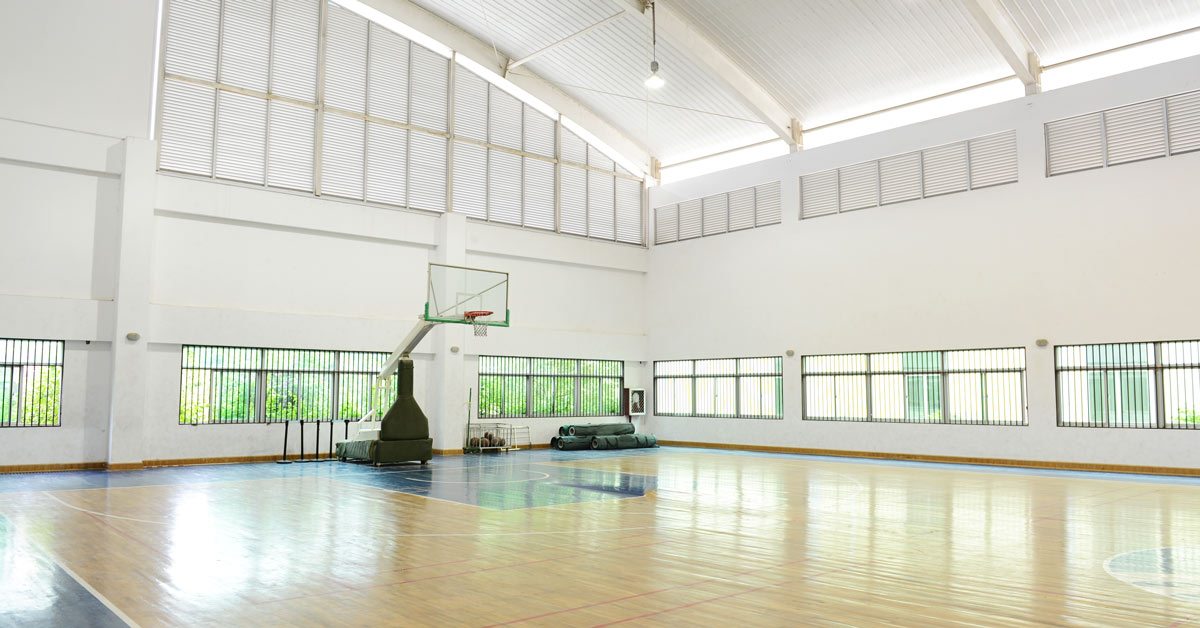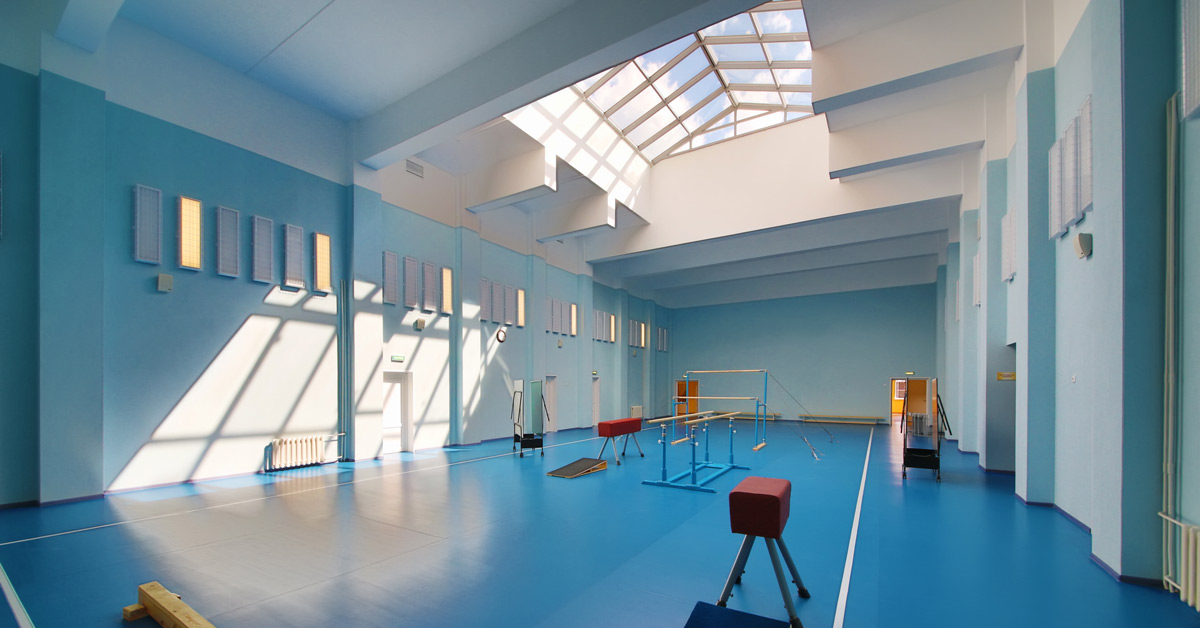
How to create stack ventilation in your school, warehouse or sports centre
Let’s get one thing straight first. Stack ventilation, stack-effect ventilation and buoyancy ventilation are all the same thing. Unfortunately, someone out there decided to give this method of natural ventilation three different names, just to confuse the situation.
But no matter what you call it, stack ventilation can work wonders in bringing cool air into your property without even switching on the air conditioner. And who doesn’t want that in the throws of a Brisbane heatwave when electricity costs are through the roof? Speaking of things being through the roof, this is one of the main principles of buoyancy ventilation; the fact that hot air rises and can leave the building via high-set windows. In this article, we’re going to explore the process of stack-effect ventilation and how you can achieve it in your school, warehouse or sports centre by utilising high awning windows.
How does stack ventilation work?

As mentioned previously, stack ventilation is a form of natural ventilation, meaning that airflow can be achieved without the assistance of electrical devices such as air conditioners or fans. This is great news for your school or commercial property’s budget, and is also excellent for the environment! For this method of natural ventilation to work, however, the temperature inside your property and the temperature outside must be different.
Stack ventilation is sometimes also referred to as buoyancy ventilation because it relies on the natural buoyancy of air to encourage it to flow through a building. Hot air is not as dense as cold air, meaning that it is more likely to rise to the ceiling of your property. Opening high windows will allow the hot air to leave the building, encouraging more cold air to enter through lower-set windows. This cycle will continue, ventilating your building to cool it down and expel that stale, warm air! The best part? A breeze doesn’t even need to be flowing for stack-effect ventilation to occur! So you can enjoy fresh and clean air in your school, warehouse or sports centre even on those hot summer days.
Want to know how to make the most of natural wind power when it flows through your property? Read our blog on cross ventilation here!
How do high awning windows assist buoyancy ventilation?

So what types of windows will encourage stack ventilation in large buildings? High-set awning windows are often incorporated into the design of spacious rooms such as school halls, gyms and warehouses. High awning windows are secure, allow natural lighting, and protect the interior from the weather, even when the windows are opened. But they also have one more advantage; they’re particularly useful in expelling warm, used and musty air that has risen to the top of a room. There’s only one setback. They can be difficult to reach and challenging to operate, which may hamper your enthusiasm for utilising stack ventilation. This issue, however, can be rectified with our electric window controls.
How can I improve natural ventilation within my building with electric window controls?
The installation of electric window winders is the best way to take the grunt out of operating your high-set awning windows. No strenuous winding by hand or tall ladders required! Whole groups of high awning windows can be opened and closed with the press of a button, making achieving stack-effect ventilation easy. Fresh and cool air is vital to making sure your students or customers have comfortable studying, exercising and working conditions in your school, sports centre or warehouse. Keep temperatures and costs down by using electric awning windows to utilise stack ventilation.
Unique Windows are Brisbane’s leading supplier of electric window controls. We can enhance your building’s natural ventilation capabilities by installing electric window winders into your high awning windows. Contact us today for further information.

